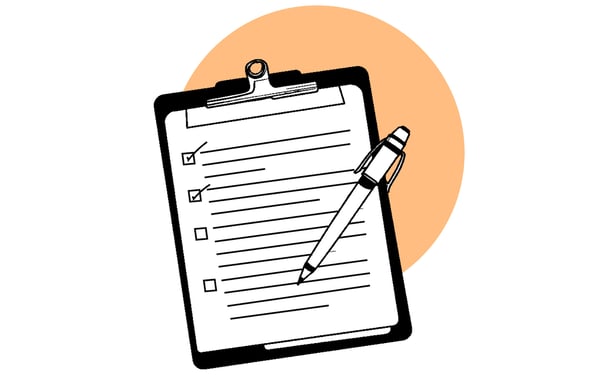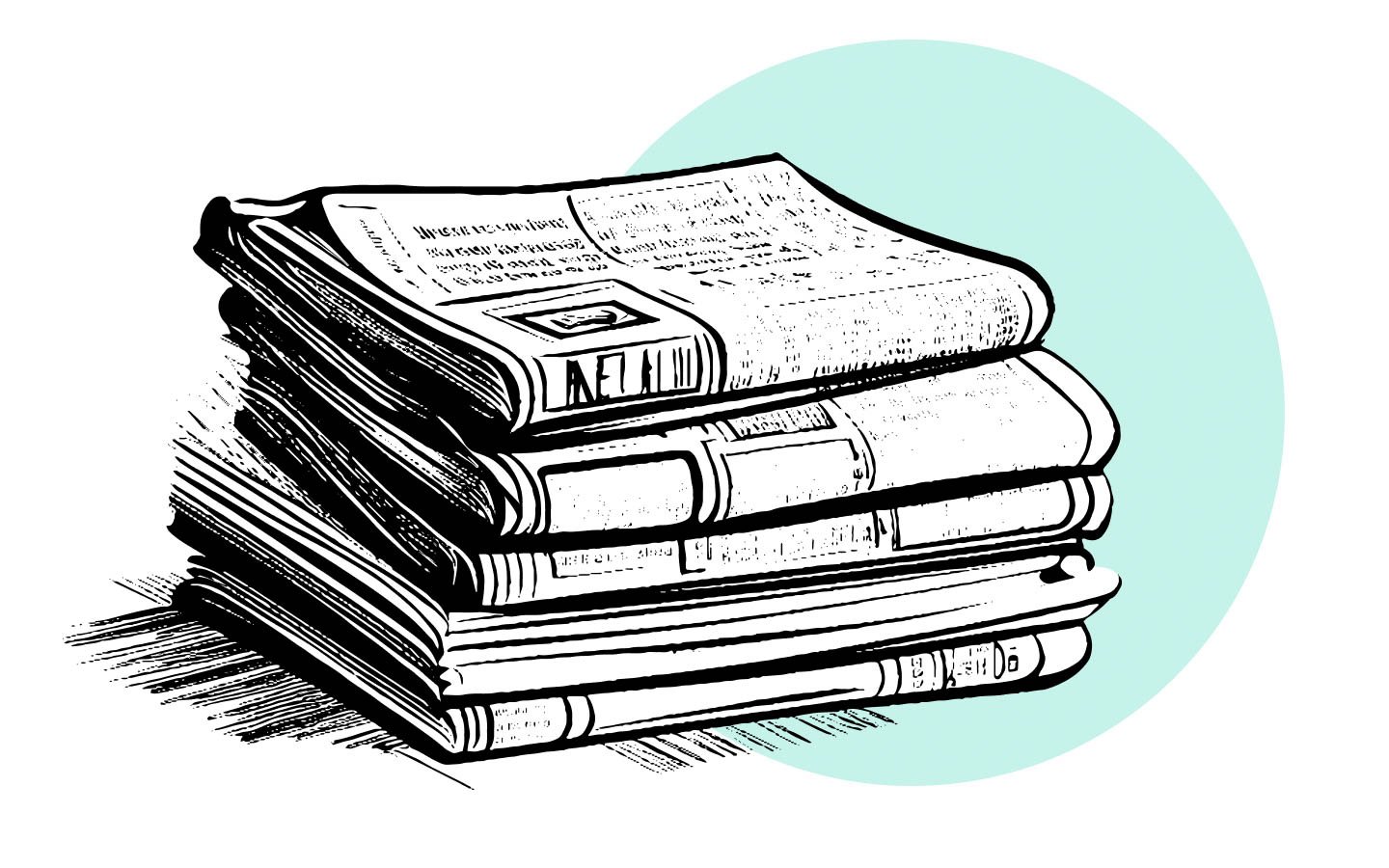There are many voices calling for the death of the press release (e.g. Die Press Release Die or Amy Gahran, who wants to put them out of their misery). What is needed is not execution, but reform. Here are my tips and suggestions for doing it:
Preparation
-
Have something interesting to say. A press release implies something newsworthy. A press release that isn’t is another form of spam. Don’t cry wolf when there isn’t one.
-
Remember your audience, forget your client. A press release that your client loves is not as useful as a press release a journalist (and her editor) loves. Make sure your press release will help sell the story and get you coverage.
-
Yes, journalists are cynical and lazy. Deal with it. Be uncynical. Work harder. Don’t assume an adversarial position. Don’t stoop to their level. (See The top ten lies of PR companies.) Trust me; you’ll get back what you put in.
-
Look at bad pitches. Studying bad pitches is a great way to learn about what mistakes to avoid. Sign up for some press release services. Also check out the Bad Pitch blog.
-
Read the blogs and magazines of the people you are trying to reach. This is the best way to understand what they are looking for in a story.
-
Employ a professional writer. Some PRs are good writers, many are ex-journalists. But it makes sense to use someone who knows the business. Just because everyone can write, it doesn’t follow that everyone can write well.
-
Use surveys sparingly. Surveys are the traditional standby for a PR company in want of news. They can be effective but I think the public and journalists are getting increasingly sceptical. See my post: Surveys, uses and abuses for writers and PRs.
Write it well
-
Be brief. Antoine de Saint-Exupery said it best: “A designer knows he has achieved perfection not when there is nothing left to add, but when there is nothing left to take away.” Most press releases would be more readable, more credible and more memorable if they were about 25-30% shorter.
-
Get to the point. Most press releases start with a paragraph of pious throat-clearing about how great the company is. You need to open strong and get straight to the point.
-
Killer lede. As with any article, the first sentence is the most important. You should aim to put as much work into the first sentence as into the whole of the rest of the press release. It needs to convince a busy, cynical journalist to read on.
-
Eliminate words. You can cut out about a third of the copy in a typical press release and it will read better and more convincingly. This is sound advice from Strunk and White, among others.
-
Be scannable. Press releases are very temporary documents. Readers don’t give them a lot of time because they are not, usually, a high priority. This is a lot like websites and one of the key lessons of writing for the web is to be scannable. That means using bullet points, sidebars, pull quotes, bold, underlining, lines and other page structure to make it easy to scan the page rather than read it from start to finish.
-
Tell a story. Human beings tell stories. They don’t go to the coffee house and share press releases or soundbites. Donald Murray explains what a good story is and how to get it in Writing to Deadline (also available as a ten-minute summary).
-
Construct an argument. As an alternative to the story-telling approach, construct a compelling argument using The Pyramid Principle: state a problem then explain how your product or service solves it. (See Barbara Minto’s website.) My history tutor at Oxford used to say ‘take your argument and drive it like Ayrton Senna.’
-
Create a sense of place. Was the product invented somewhere? Did you make an important announcement in an interesting building? Try, somehow, to anchor the press release in a real place. It will ground it and add credibility because most press releases seem to take place in the corporate ether.
-
Reveal personality. Again, it will enhance your credibility and make the press release more authentic if you can capture a sense of real people. What are they like? How do they talk? Do they have any experience, hobbies, interests etc. that relate to the subject of the press release? Details matter. Three or four words that give life to a name will animate a whole press release.
-
Echo your client’s tone of voice. If they don’t have one, help them find one.
-
Relax. Relax! For heaven’s sake won’t you people RELAX! Press releases don’t have to sound like a lawyer’s letter or the small print of an insurance contract. Write like you speak. Imagine explaining the subject to an intelligent friend.
-
Use everyday words and phrases. This is important. Somehow, people think that corporations have a dull, wordy, formal voice. Why? Their employees don’t. Use the language of everyday speech. So, do, get, make, build rather than develop, obtain, maximise, construct.
-
Understate rather than hype. This needs a touch of humour and good writing but it can be very effective. I loved that Virgin ad that said “British Airways don’t give a shiatsu.” As well as being a cheeky attack on a rival, it was a cunning way to mention the free massages in Upper Class without actually mentioning them. Another good example is Ronseal, the varnish company that advertises its products by saying “it does exactly what it says on the tin.”
-
Pick short, apposite quotes. The tendency in press releases is to quote whole paragraphs (usually made up) from VPs. Much better, I think to quote three or four words but pick really good words. Look for quotes that include metaphors, comparison, individuality, character and which get to the heart of the matter. If you, as a writer, can say something better than the quote you are using, don’t use a quote.
-
Eliminate hype. For an example of how hype words (e.g. prestigious, leading etc.) don’t work, read the worst press release ever. Readers don’t just discount hype words when they read them, they assume the opposite of what you said. Hype words are road blocks on the journey to credibility.
-
Eliminate jargon. Jargon is a vocabulary used within a specific company or industry. It is often meaningless to outsiders, including journalists. If your gadget can do 48 circumfludels a second, you had better explain what this means in English and why it matters. Don’t assume anything about what the reader understands. The same applies to little-known product names. Even Google, with its massive brand awareness, had to change Froogle to Products because people didn’t understand what it did.
-
Eliminate acronyms. Acronyms and abbreviations are another kind of jargon. They assume that the reader knows something. People often use jargon and acronyms to sound big and clever, without realising that it actually has the opposite effect on most readers.
-
Avoid buzzwords. These are phrases that mean more to you than they do to the reader. See: Stop speaking corporatese and Ban the word ‘Leverage’.
-
Throw in the occasional firework. A one-sentence paragraph. A killer quote. A spectacular analogy. A powerful statistic. An appropriate use of an everyday expression. Always try to add a little fizz and ginger to everything you write.
-
Close with a kicker. Go out with a bang. The last sentence needs to be thought-provoking and memorable. It needs about half the work of the opening sentence. A typical magazine way to end a piece is with a memorable quote from an objective source, some kind of paradox or a tiny detail that illuminates the whole story. A short, pithy summary of the whole thing would do as well.
-
Be direct. Don’t use the passive voice (the mat was sat on by the cat).
-
Be human. Used sparingly and in the right context, the pronoun ‘we’ can be very powerful and authentic, as well as helping you avoid the passive.
-
Box out the key points. Have a sidebar titled ‘If you read nothing else, read this’ and summarise the story in three very short bullet points. Yes, you’d like people to read the whole case study, but only 10 percent will do that. Wouldn’t be great if another 30 percent at least knew something about the contents.
-
Write a Google-friendly headline. Write a headline that summarises the story (not what the PR wants you to think about it). See: Write press release headlines that make sense.
Check then double-check
-
Don’t beat about the bush. Don’t hedge your bets by overqualifying sentences (e.g. “many companies find they have different kinds of problems with certain email viruses”). Be more assertive: “Email viruses hit companies hard.”
-
Use a spell checker. D’oh! But it happens. I sometimes see final draft press releases for my clients that have two or three typos.
-
Use a grammar checker.
-
Use readability stats. Use the built-in tools in Microsoft Word. (For instructions on switching them on, see Microsoft Word Readability Statistics.) Aim for under 50 in the Flesch reading ease, under 8 for the grade level and no passive sentences. It’s hard but worth it.
-
Check facts. Especially names and titles. Most magazines are obsessive about this and you should do the same for a press release. It’s worth keeping a separate document tracking all the sources for the different information in the copy so that you can go back and check who said what.
-
Cut out the corporate BS. Avoid the obvious clichés.
-
Employ a proofreader. Read an interview with my own, Sarah Bee. (Incidentally, she doesn’t check my blog – mistakes here are my own!)
-
Redact hidden content. Word hides a lot of version control changes, including copy you would prefer journalists not to see. You can eliminate it easily by following this advice from the US National Security Agency (PDF). Read my post, Unintended press release disclosures, for an example of what happens when you don’t.
Get the process right
-
Stand up to clients and managers. Don’t let them turn your press release back into porridge. Explain that a well-written press release will get them more coverage. One tip: show them a ‘typical’ press release side-by-side with an article in a magazine. Explain the differences and ask them which one they would want to read themselves.
-
Include contact details. Don’t leave this information out. It’s astonishing how many press releases stored on company websites have no contact details at all.
-
Write a factual, one-paragraph summary for email. Most press releases go out by email as Word or PDF documents. Most journalists delete them without reading them. A one-paragraph email summary (like this one) means you have more chance of converting recipients into readers.
-
Don’t frankenquote. This is my phrase for any made-up quotation that is used in a press release. Usually they are turgid, content-free and obviously made up. See this post for an example.
-
Avoid spokesrobots. Skip the usual suspects – the VPs and the CEOs – and get quotes and input from the guy who designed the hinge and the woman who optimised the code. Go to the shop floor; find the story behind the story.
-
Use real interviews. One of the most important ways you can make your press releases more authentic is to use real interviews with key people to research and write them. That way you’ll get it straight from the horse’s mouth. For advice on interviewing see: How to interview someone, why interviews go wrong, How to give good interview.
-
Avoid death by red-lining. Redlining or version control is a tool that allows non-writers to rewrite copy, regardless of their skill or experience. The problem is that when the CEO redlines a press release, it’s very hard to undo their work. They’re the boss after all. I recommend sending PDFs or other locked documents and inviting feedback by email or phone. Also, encourage people to explain why they want something changed and explain that once you understand what they want, you’ll do a better job of writing and save them the bother of doing it themselves.
-
Payment by results. Most PR companies are paid for the time they put in rather than the results they achieve. This is a false incentive. You don’t necessarily have to tie payment to coverage, but to something more measurable like how many people read the press release (which you would know if you put it online) or gave positive feedback (which you would know if you asked for it).
Alternatives and variants
-
Is a press release the right medium? Should you just take a selection of journalists out for a drink or call them up? Could you put something on the website or a corporate blog?
-
Try a one-paragraph press release. Consider using your one-paragraph email summary as the press release itself and providing a website link and contact details for more information.
-
Try micro-pitching. How about the five-line pitch? The 130-word pitch? Write a conventional press release then slice and dice it in different ways to pitch to different journalists.
-
Use social media. Use a blog, Twitter, Pinterest etc. for press releases.
-
Go direct to the customer. Why rely on the media to read, digest and use the information in a press release when you can communicate direct with customers using your press release.
-
Turn a press release into a search release. Publish a press release online and make sure that it is easily search using a corporate search engine as well as Google and the others. Optimise the content to make it as searchable as possible. (Hat tip to Amy Gahran for this idea.)
-
Consider FaceBook, LinkedIn (but be careful). Facebook is getting huge press at the moment and growing fast. Unsurprisingly, PRs are debating whether they can use it. These kinds of networking sites are popular and powerful, but I would suggest that the right approach is to set up networks and groups and allow journalists to opt-in; rather than using them as a means of pushing out press releases to unwilling recipients. Used properly, these could be very powerful ways to build relationships and encourage conversations.
-
Try some alternative formats. Infographics, bullet points, poetry, podcasts, MP3 files, SMS, cartoons, PowerPoint with narration on Slideshare.net. (Hat tip to Strategic Public Relations for some of these suggestions) Todd Andrlik believes that there is “a positive linear correlation between the amount of PR elements offered to reporters and the quantity and quality of media coverage generated.” Years ago, when I was promoting a game that I had designed, I produced an electronic press kit – on four Mac floppy disks! – that included pictures, maps, even songs and we got tons of coverage as a result. That was back in 1991 and I haven’t seen anything like it in the games industry since.
How to send it to the media
-
Don’t spam. Better to send ten press releases to journalists you know, with a personal cover letter than spam 1,000 and get no response. As Ryan Anderson says, “In all cases, your value as a PR person is about the number of relationships you have created… not about how many press releases you send.” (Addition: Sherrilynne Starkie adds that journalists receive around 60 press releases a day.)
-
Don’t use the “important” flag when emailing your press release. It may be important to you, but journalists received hundreds of these things and it isn’t important to them.
-
Don’t call 10 minutes after sending it. “Just to make sure you received it.” Guess what, email worked yesterday and it still works today. The only reason to call is if you have something unique and valuable to add, such as an exclusive interview opportunity.
-
Follow-up on a story after three months. Send out an email three months after a press release saying ‘remember we told you about our new product, well we thought you’d like to know that it’s sold ten million units.’ Nobody ever does this so it would be a nice way to sustain the relationship and extend the story.
-
Say thank you. If someone uses a press release or gives you coverage as a result, say thank you. Again with the relationship thing.
-
Invite feedback. Instead of ‘how is my driving’ why not add a ‘how is my press release’ link to every press release. How about asking journalists when you speak to them if it was useful and what they would add or change.





